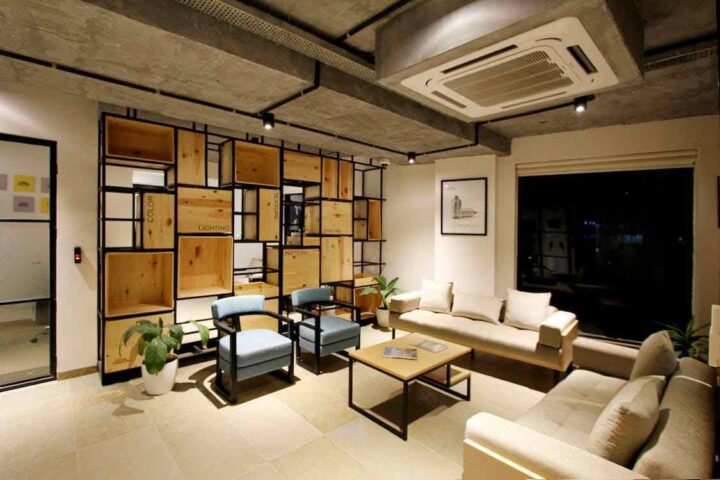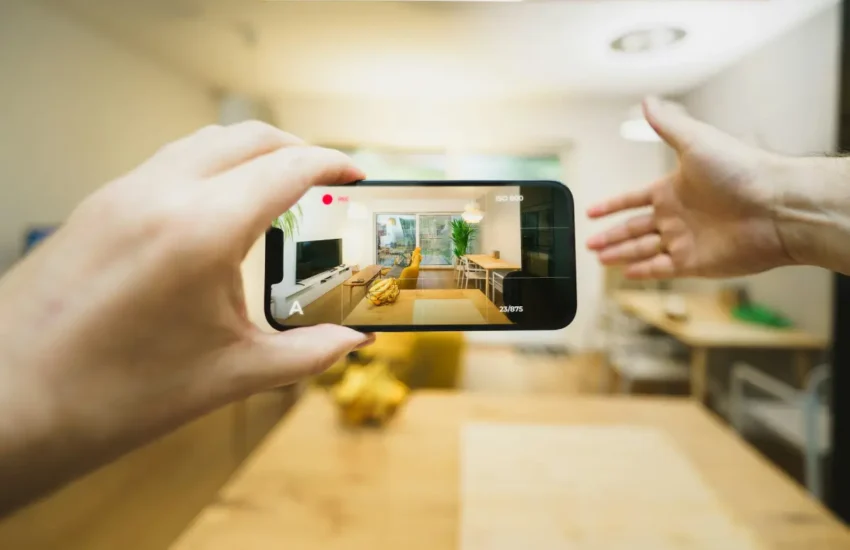7 Things to Look Out for When Remodeling Your Interiors
Remodeling your living space can be an exciting experience, with the potential to completely transform the look and feel of your home’s interior. But it can also be a daunting task; there are so many decisions to make during this process, from choosing materials for flooring and walls to selecting furniture and decorations that fit with the new aesthetic you want to create.
To ensure that you get everything just right, it’s important to start by familiarizing yourself with some of the key aspects of successful interior remodeling, such as understanding colors, textures, themes, and lighting, before leaping in.

In this article, we’ll take a look at some of the most important things to keep in mind when remodeling your interiors so you can develop a space that truly reflects your style and personality.
Budgeting Wisely:
If you’re planning a major interior remodel, it’s essential to have a well-thought-out budget in place. Research the cost of materials, labor, and any additional expenses such as permits or design fees. It’s also worth considering unexpected costs that may arise during the project.
Be realistic with your budget, and make sure to allocate enough funds for each aspect of the remodel. This will help you avoid overspending and keep your project on track.
However, if you’re unsure about budgeting or the costs involved in your remodeling project, it’s always a good idea to consult with an experienced interior remodeling company. These professionals have extensive knowledge and expertise in the field and can provide valuable guidance on various aspects, including material and labor costs. They can help you make informed decisions by offering insights on where to save money without compromising on quality and where it’s worth splurging to achieve your desired results.
Design Cohesion:
When remodeling your interiors, it’s important to remember that all the different elements should work together cohesively. This means creating a design scheme that flows seamlessly from room to room and incorporates complementary color schemes, textures, and materials.
To achieve this cohesion, start by choosing an overall theme or style for your space. This could be modern and minimalist, traditional and cozy, or something in between. Once you have a clear direction, it’s easier to make decisions about specific elements such as furniture, lighting, and decor.
It’s also important to consider the overall flow and functionality of your space when designing. Think about how you use each room and how you want the layout to work for your lifestyle.
The Power of Lighting:
Lighting can break or make space, so it’s crucial to give it careful consideration during your interior remodel. Natural light is always the best option. So, if possible, try to maximize the amount of natural light in each room by incorporating windows or skylights.
For artificial lighting, consider a mix of overhead and ambient lighting to create different moods and layers of light in each room. Don’t forget task lighting for specific areas, such as kitchen workspaces or reading nooks.
Also, be mindful of the color temperature of your light sources. Warm tones can create a cozy atmosphere, while cooler tones are more energizing. Think about how you want each room to feel and choose lighting accordingly.
Material Selection:
Choosing the right materials for your interior remodel is crucial in achieving both visual appeal and functionality. Consider the durability, maintenance needs, and cost of different materials before making any decisions. For instance, hardwood floors may look beautiful but require more upkeep compared to laminate flooring.
It’s also essential to think about the overall aesthetic you want to achieve. Do you want a sleek and modern look or a more rustic and cozy feel? Different materials can help you achieve different styles, so be sure to choose ones that align with your overall design scheme.
Color Palette Choices:
Color is a powerful tool when it comes to interior design, and choosing the right color palette for your space can make all the difference in making a cohesive and visually appealing look. When selecting colors, consider not only personal preferences but also how different hues can impact the mood and atmosphere of a room.
For example, warm colors like shades of brown can make a cozy and inviting space, while cooler tones like blues and greens can evoke a sense of calm and tranquility. Additionally, using a mix of light and dark shades within the same color family can add depth and interest to your design.
Technology Integration:
In today’s digital age, technology has become an integral part of our lives, and incorporating it into your interior remodel can enhance both the functionality and aesthetics of your space. From smart home devices that can control lighting and temperature to hidden charging stations for electronic devices, there are many ways to seamlessly integrate technology into your design.
Consider your family’s needs and lifestyle when exploring these options, and choose solutions that will make your daily routines easier and more convenient.
Keep Resale Value in Mind:
When designing your space, it’s crucial to consider your personal style and preferences. However, it’s equally important to keep the long-term perspective in mind. Opting for timeless elements that can withstand changing trends will not only add value to your home but also ensure its appeal if you plan on selling in the future.
To achieve this, it’s advisable to avoid incorporating overly personalized or trendy elements that may not have mass appeal. Instead, focus on selecting classic and high-quality materials and designs that will stand the test of time, elevating the overall aesthetic of your space and making a lasting impression on anyone who enters.
Conclusion
While tackling a remodeling project can seem overwhelming, keeping an eye out for mistakes with proportions. Daring to mix and match within the same palette, being mindful of adding texture to the space.
Considering where to place lighting fixtures and recognizing when it’s time to hire a professional, you should be able to create just the look you’ve imagined for your interior. Remember: decorating your home isn’t just about making it look good; it’s also about making sure it feels right for you.


